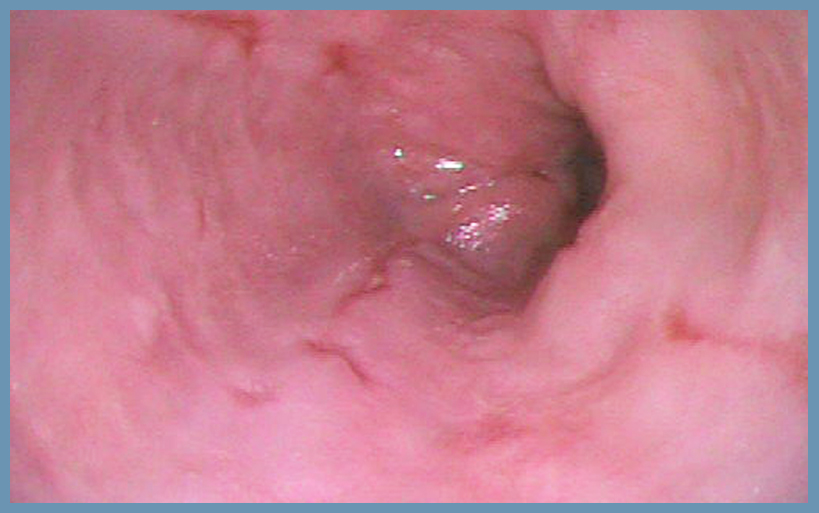What is GERD?
GERD is the short form of Gastero Esophageal Reflux Disease. The disease affects the Lower Esophageal Sphincter (LES). In people with GERD, the acid from the stomach flows back upwards into the food pipe or esophagus crossing the LES. This disease is called GERD and is commonly referred as Acid Reflux or heartburn.
LES plays a major role in not letting the food that has reached the stomach to flow back into the food pipe once again. The muscles of the LES is not a voluntary muscle. This means they cannot be controlled voluntarily or consciously. The purpose of LES is to prevent acid reflex. It also keeps the pH value higher (neutral) thereby preventing the esophagus from becoming acidic.
General Symptoms of GERD
A burning sensation in the chest. This is the reason GERD is also referred as Heartburn. The burning sensation may be caused more after a meal.
Feeling difficult swallowing food.
Sometimes the food is thrown back into the food pipe. This is termed as regurgitation of food.
Cough
Disruption of sleep.
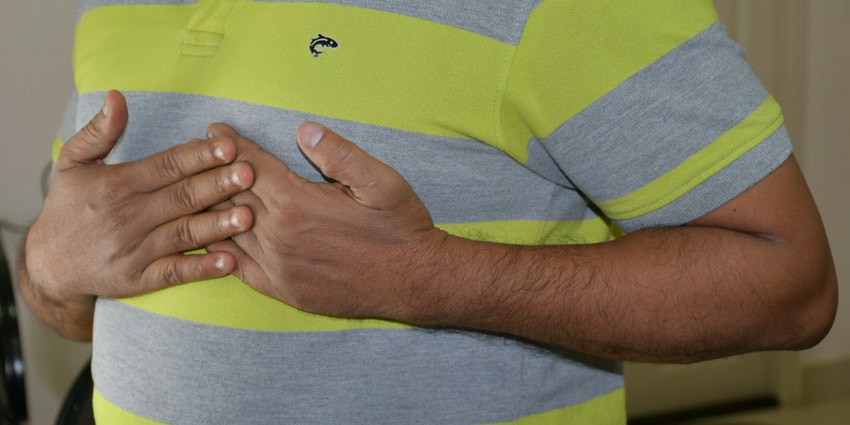
Causes of GERD
GERD is caused when the LES becomes weak. This involuntary muscle is required to close once the food has passed. If they become weak they allow food to come in the reverse from the stomach. Along with the food, the stomach acid and digestive juices too reaches the lower end of the esophagus (food pipe). This acid irritates the lower end of the esophagus to cause GERD.
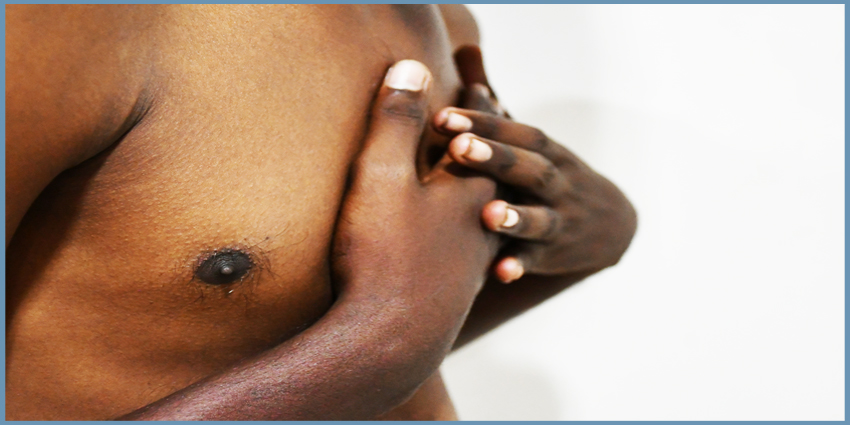
Factors that can Aggravate GERD
Being obese
Having hiatal hernia
Slow metabolism that causes delayed emptying of stomach
Pregnancy in women
Smoking
Consuming Alcohol, coffee
Consuming carbonated beverages that increase the feeling of bloating
Consuming large meals making you feel more than full
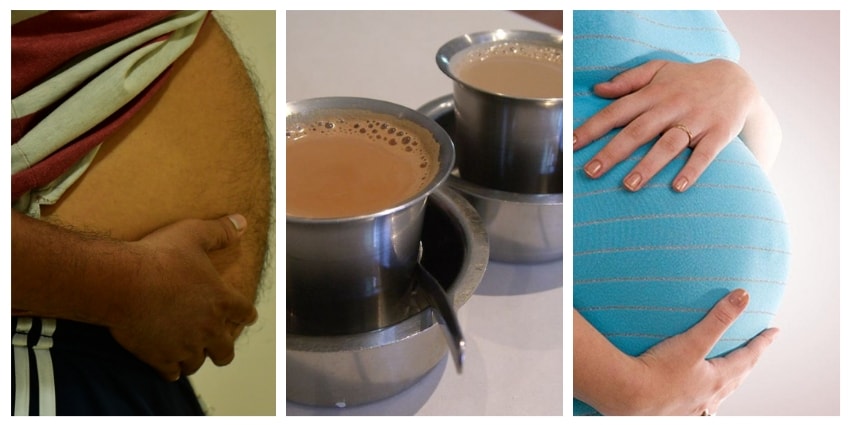
Diagnosis of GERD
Upper GI Endoscopy
Endoscopy is the gold standard when it comes to diagnosis of GERD. A tube with camera fitted inside is inserted inside the food pipe. The gasteroenterologist can have a first-hand look into the esophagus. If the GERD is mild, nothing unusual is detected by the endoscopy. If there are inflammation to the esophagus endoscopy can detect. Also if the GERD is more frequent, and if the gasteroenterologist suspects the presence of Barrett’s esophagus, a small esophageal tissue can be collected for biopsy.
Esophageal Manometry
This is one another test that has been used as a standard procedure to test the muscle health of the esophagus. Manometry measures the rhythmic muscle contractions as we swallow. The measurements thrown can give indication for the presence of GERD
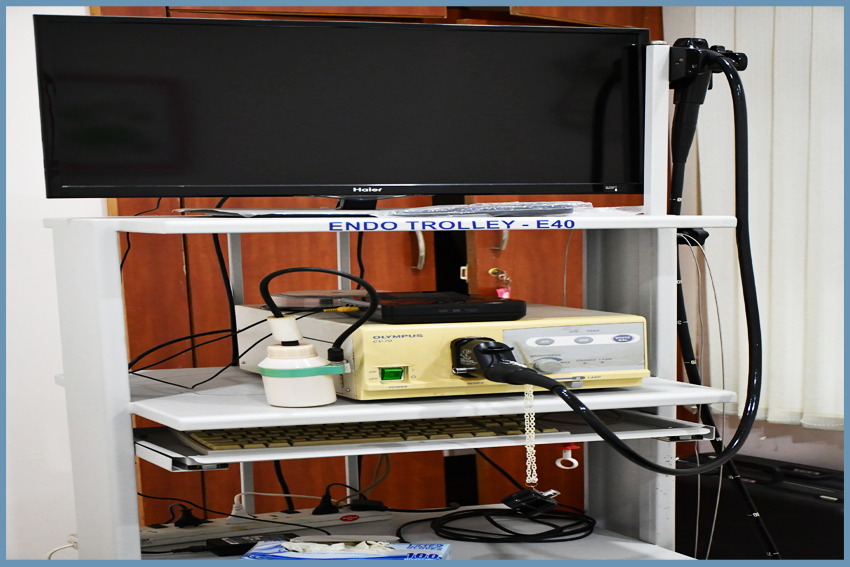
Treatment for GERD
GERD is usually controlled by medications. The medicines can aim to neutralize stomach acid, reduce the acid produced in the stomach, heal the esophagus or strengthen the LES. Your gasteroenterologist might prefer to use combination of drugs aimed at addressing these causes.
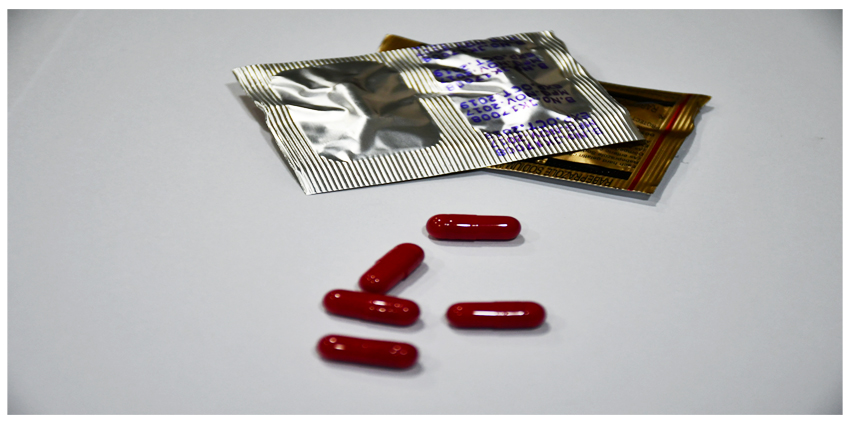
Complications of GERD
As the esophagus comes in contact with acid, the esophageal tissues can be corroded and sores can form. They are referred as esophageal ulcer. They can cause internal bleeding. They can make swallowing food difficult.
As the esophagus comes under repeated attack of the stomach acid, the tissue damage is repaired by the body as a natural response. Sometimes scar tissues can form on the esophagus narrowing the food pipe. This condition is referred as esophageal stricture.
When the lining of esophagus is damaged for a long period of time, the nature of the tissue lining of the esophagus is changed. This change is called Barrett’s Esophagus. This condition is a precursor to esophageal cancer.
